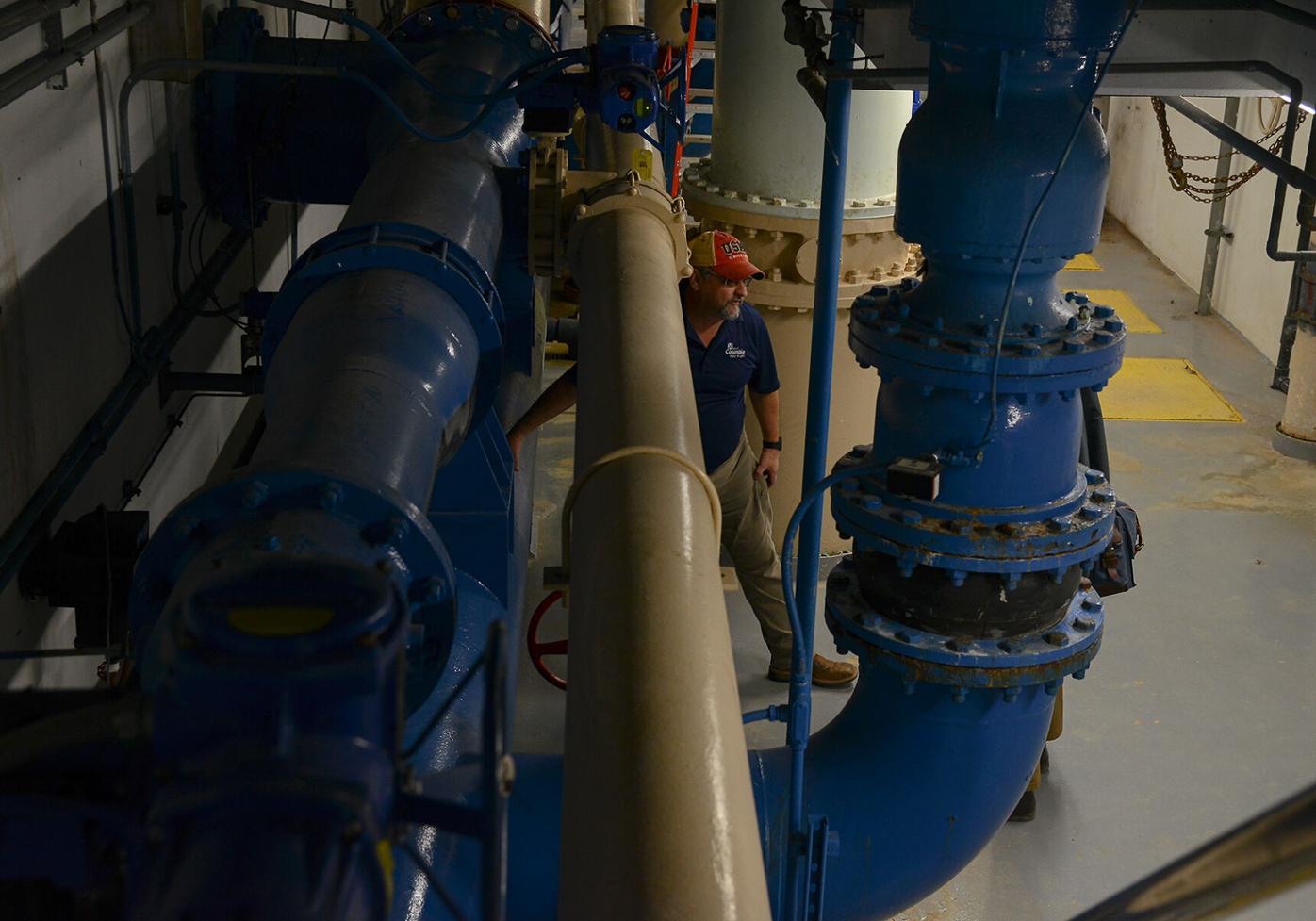10 Simple Techniques For Uv Filtration
Table of ContentsThe Ultimate Guide To Uv FiltrationAn Unbiased View of Uv FiltrationFascination About Uv FiltrationThe 2-Minute Rule for Uv Filtration


Elimination of taste and odor compounds from the water.: Softens the water.: Purification to remove small fragments as well as disinfection to eliminate infections as well as microorganisms, and also ensure an inappropriate atmosphere for infection as well as germs growth throughout the distribution system.
8 Stages of the Wastewater Refine Stage One Bar Screening Removal of large items from the influent to avoid damage to the center's pumps, shutoffs and various other devices. The process of treating and redeeming water from wastewater (any type of water that has been made use of in houses, such as flushing commodes, cleaning dishes, or showering, and some water from commercial usage and storm drains) begins with the expectation that after it is treated it will be clean enough to reenter the atmosphere.
Uv Filtration - Truths
According to the EPA, The Clean Water Act (CWA) establishes the basic framework for managing discharges of toxins into the waters of the USA and regulating top quality requirements for surface waters. Under the CWA, EPA establishes wastewater criteria for market. The EPA has also developed national water quality standards recommendations for toxins in surface area waters.
Relevant White Documents Select Products Phase 2 Testing Removal of grit by flowing the influent over/through a grit chamber. Great grit that finds its method right into the influent needs to be removed to stop the damages of pumps as well as devices downstream (or effect water flow). As well tiny to be evaluated out, this grit requires to be eliminated from the grit chamber.
Stage 4 Oygenation Air is pumped right into the aeration tank/basin to urge conversion of NH3 to NO3 and give oxygen for microorganisms to continue to proliferate and also expand. Once converted to NO3, the germs remove/strip oxygen particles from the nitrate particles as well as the nitrogen (N) is offered off as N2 (nitrogen gas) - uv filtration.
This begins in the aeration tank. The primary feature of the oygenation storage tank is to pump oxygen right into the tank to encourage the breakdown of any kind of natural material (and the development of the germs), in addition to guarantee there suffices time for the natural product to be broken down.
A Biased View of Uv Filtration
This procedure is taken care of to offer the very best problems for bacterial development. Oxygen gas [O2] levels below 2 ppm will exterminate the bacteria, lowering performance of the plant. Dissolved oxygen surveillance at this phase of the plant is vital. Ammonia and also nitrate dimensions are common to determine just how effective the microorganisms are in transforming NH3 to N2.
Stage Five Secondary Clarifier Dealt with wastewater is pumped right into a second clarifier to enable any kind of staying organic debris to resolve out of treated water flow. As the influent exits the oygenation process, it why not find out more moves into an additional clarifier where, like the key clarifier, any kind of really small solids (or penalties) sink to the bottom of the tank.

With the boosted concentration of microorganisms as component of the oygenation phase, there is a requirement to test the outward bound effluent for germs visibility or lack and also to sanitize the water. This ensures that higher than specified concentrations of microorganisms are not launched into the environment. Chlorination is the most typical as well as affordable type of sanitation yet ozone and UV disinfection are likewise increasing in popularity.
Everything about Uv Filtration
Water is guided from the Head Container to the Claricone clarifier. Water enters the clarifier at the blending area located in all-time low of the Claricone - uv filtration. Lime is added to the water in this zone where it responds with the calcium and also the magnesium in the water to create precipitates.
After sufficient time, fragments comply with each other and also grow into larger fragments, or, floc, which is susceptible to work out in water. This procedure of floc formation is called flocculation. To help in the flocculation of fragments, an anionic polymer is added in the blending area of the cone. Clarification of water is achieved by the seperation of suspended solids from water by gravity.
The cleared up water navigate to this site relocations upward slowly, at some point passing over the effluent weir to the cone electrical outlet and also on the to filters for more treatment. The water plant integrates a single phase lime softening operation to eliminate hardness. Firmness is triggered by the visibility of liquified bivalent and polyvalent metal ions, predominantly calcium and also magnesium.
This is added both in the clearwell and also the high service discharge as water gets in the distribution system. 2 mg/l is usually preferable in the plant faucet.